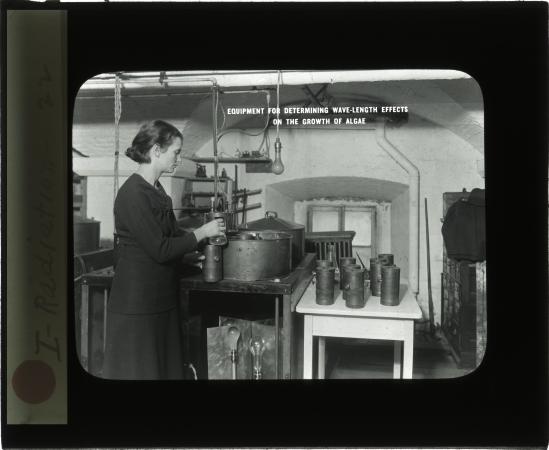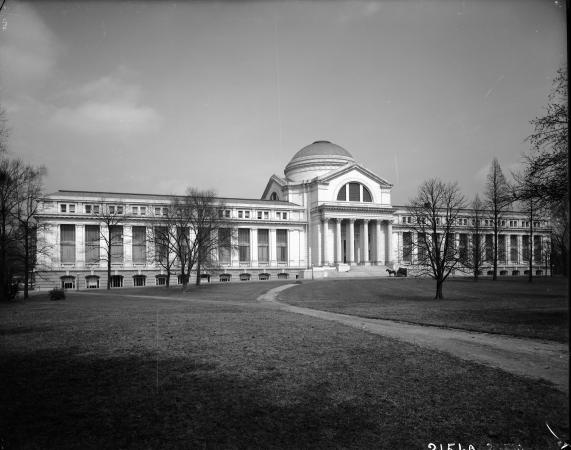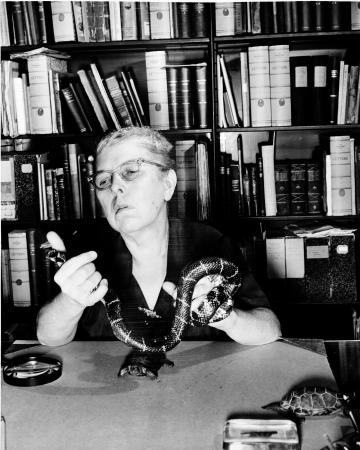
As the American Women’s History Initiative Curator at the Smithsonian Institution Archives, I have the opportunity to create digital resources and exhibitions about women in science at the Smithsonian.
In the first few months of my work, I’ve spent some time identifying and collecting information about some of these women by recording names, titles, years worked, research specialties, affiliations, and other useful data in a spreadsheet.
It’s actually a big job! Since the Smithsonian’s founding in 1846, women have worked as principal investigators, lab technicians, curators, assistants, illustrators, educators, preservationists, and in many other roles that span the sciences—from astrophysics to zoology. In the earliest years, women, such as Mary Jane Rathbun, worked in science at the National Museum, which would become the National Museum of Natural History; and women, such as Florence Meier Chase, worked at the Smithsonian Astrophysical Observatory. Later, women worked in science at the National Zoological Park, the Smithsonian Tropical Research Institute, the National Air and Space Museum, the National Museum of American History, the Smithsonian Environmental Research Center, and the Museum Conservation Institute.

Identifying a good number of these women in science at the Smithsonian might seem simple. Download a staff list? Done. It’s more complicated though. Sure, I can capture many women currently working in science by using our staff directory, and I can talk to colleagues at museums and research centers across the Smithsonian to make sure I’ve captured all the right people.
But identifying women who have worked in science in the nineteenth and twentieth centuries is a little more, let’s say, complicated. Not only do I get to dig around in old annual reports and publications with staff lists (some of which are—gasp—not digitized), I can’t always rely on things like official titles, publications, or photographs to identify women in science. That’s because, as historians such as Margaret Rossiter and Sally Kohlstedt have documented, women in science have, historically, worked sometimes without pay or titles that reflect their labor and contributions. They have also been uncredited in bylines, and left unidentified in photos.

Lucky for me, I have colleagues across the Smithsonian who have been working on the history of women in science for decades. With their help, along with the exceptional research of Smithsonian intern Margaret Slevin, we have identified hundreds of women who have worked in science at the Smithsonian as full-time—officially recognized—staff.
And we are still digging. There are more women in science to find! In future posts, I’ll tell you more about the next stages of our research.
Related Resources
- “Uncovering Hidden Stories,” Because of Her Story, Smithsonian American Women's History Initiative
- “This Lady Scientist Defined the Greenhouse Effect But Didn’t Get the Credit, Because Sexism,” by Leila McNeill, Smithsonian Magazine
Produced by the Smithsonian Institution Archives. For copyright questions, please see the Terms of Use.

Leave a Comment